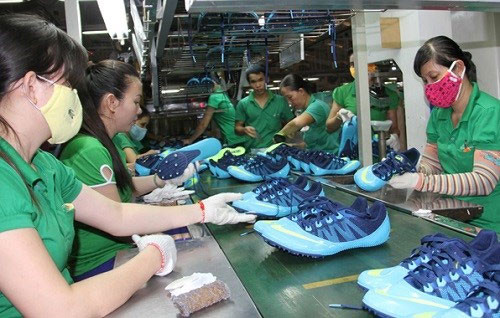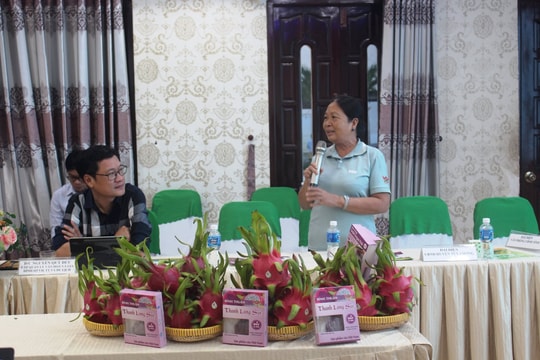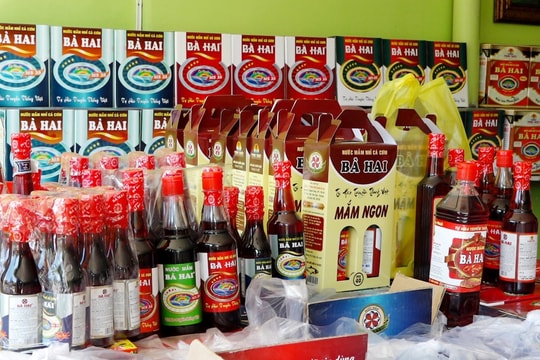 |
Overall exports, mainly of aquatic products, textile-garment, footwear, and farm
produce, were worth nearly 4.8 billion USD.
The importing markets were mostly countries with ports and distribution and
transhipment centres such as Belgium, Germany, Netherlands, and France.
The EVFTA, which took effect in August last year, has opened up great export
opportunities to a market with a GDP of 15 trillion USD for Vietnamese
companies.
The EU was Vietnam's fourth largest market with purchases of 43.7 billion USD
last year.
To enjoy the tariff preferences, leather goods and footwear need to comply with
the rules of origin and get a EUR.1 Certificate of Origin.
Some 32 – 34 percent of exports benefited by getting the certificate, indicating
that Vietnamese businesses and goods are increasingly capitalising on
concessionary tariffs in FTA partner markets, the Ministry of Industry and Trade
said.
It said that between August 1 last year, when the EVFTA took effect, and April
4, authorised agencies in Vietnam issued 127,300 certificates of origin to
enable exports worth nearly 4.8 billion USD.
The country has become the “footwear factory” of the world, while its own market
has a population of more than 96 million.
But the interruption of the global supply chain by the Covid-19 pandemic has
caused alarm in the Vietnamese leather and footwear industry since it is heavily
dependent on raw material imports.
To develop sustainably and make the most of tariff incentives and opportunities
brought by the EVFTA and Comprehensive and Progressive Agreement for
Trans-Pacific Partnership, leather and footwear businesses need to develop
domestic sources or diversify foreign sources.
Sixty percent is imported from China, according to Phan Thi Thanh Xuan, general
secretary of the Vietnam Leather, Footwear and Handbag Association (Lefaso).
Many businesses have started to look for raw materials in other markets such as
India, Europe, Singapore, and Japan.
The pandemic remains a major hurdle, experts said, but if enterprises work hard
to find partners and improve their competitiveness, the opportunities remain
huge.
Source: VNA




















.jpg)




.jpeg)

.jpeg)


.jpeg)


